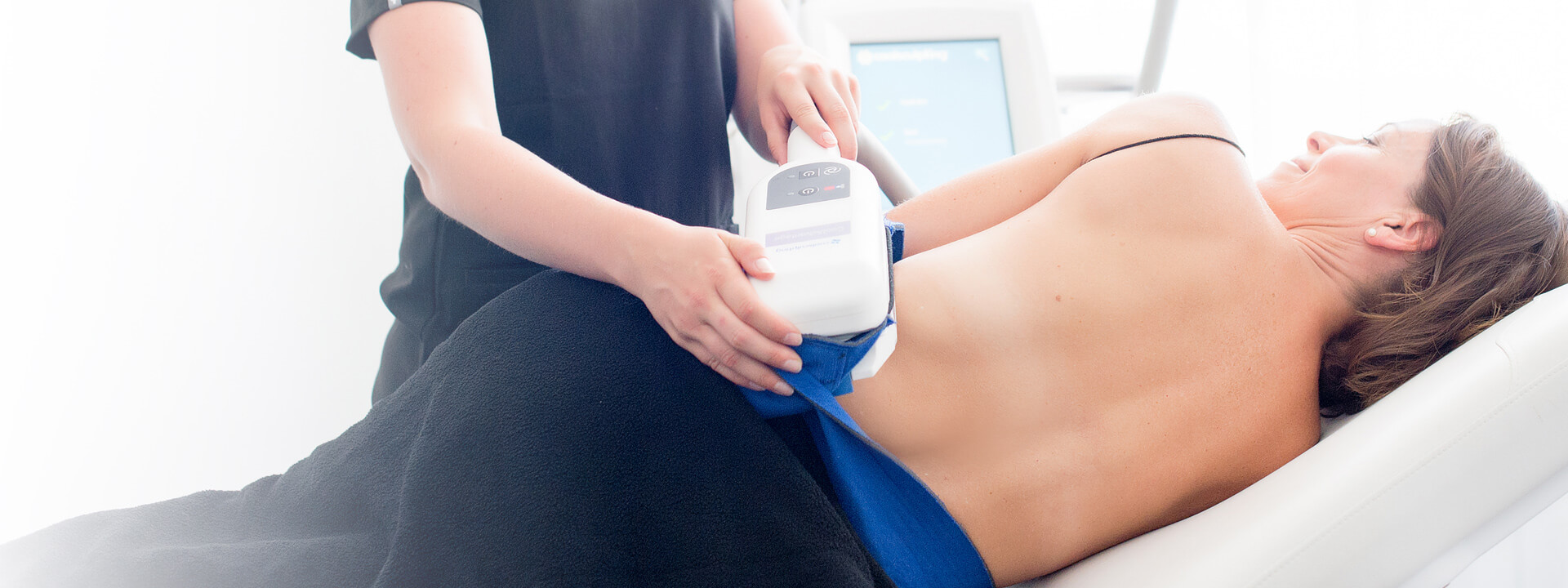If you're looking for a mineral-rich, healthy alternative to table salt, you might want to consider trying Himalayan pink salt. It has a high electrolyte count and can balance pH levels. Plus, it can help you reduce eczema and other skin problems. This is just a taste of what this salt has to offer. Read on to learn about how it can help you. Weighing in at less than a gram, Pink salt has a range of health benefits, including balancing pH levels and improving hydration levels.
Mineral-rich
The mineral content of pink Himalayan salt has been verified by the Environmental Analysis Laboratory of Southern Cross University, Australia, an accredited testing laboratory. The samples included a wide range of metals, including aluminum, arsenic, barium, calcium, copper, lead, mercury, and molybdenum. The researchers also confirmed that the pink salt was free of arsenic and silver. The researchers also noted that the salt contains high levels of magnesium, potassium, calcium, and boron, which are essential minerals for good health.
Other properties of Himalayan pink salt include its mineral-rich composition and soothing effects on the skin. It relaxes the muscles, preventing soreness and cramps and cleansing the skin. It can also boost immunity, improve the circulation, relieve symptoms of insomnia, improve the digestive process, and aid the absorption of nutrients. These properties make it a great choice for skin treatment. But you may be wondering if it's right for you?
Despite its high mineral content, it's not high in sodium, which is the most common component of table salt. A low-salt diet may even be detrimental to the body's health. Sodium chloride, a component of table salt, can contribute to high blood pressure and heart disease. While the toxicity of sodium chloride may be a risk factor for cardiovascular disease, it's not known whether or not salt causes depression.
Another benefit of pink Himalayan salt is that it's a natural mineral supplement that gives your body the electrolytes it needs to function properly. With minerals like calcium, magnesium, potassium, iron, and sodium, pink Himalayan salt is an excellent supplement for those who want to stay hydrated and maintain healthy body functions. The mineral content of pink Himalayan salt can help prevent illnesses and promote healing.
Natural exfoliant
Pink Himalayan salt is a natural skin exfoliant that can be used to remove dead skin cells. It is beneficial for all skin types, but it's particularly effective on the face, as its dryness makes it more sensitive than the skin on the body. For best results, use a scrub made with super-fine Himalayan salt on your face first, and then switch to coarser varieties once you've become used to the scrub.
The human body sheds around 40,000 dead skin cells per day, and those top layers are made up of dead skin cells. Even if you've tried expensive skin care products, your skin may be dull and lack radiance. But a pink Himalayan salt scrub can help you regain that youthful glow and get rid of the dryness caused by too much dead skin. You can make your own pink Himalayan salt scrub at home with basic ingredients and a little bit of time.
Pink Himalayan salt is an excellent natural skin scrub. It can stimulate circulation, promote skin softness, and remove dead skin cells. It is an all-natural exfoliant and contains 84 trace minerals. Because it is naturally derived from the Himalayan mountains, it is completely safe to use on your face and body. It can also be used internally to help balance your skin's pH level, kill harmful bacteria, and reduce the appearance of fine lines and wrinkles.
In addition to being a natural exfoliant, Pink Himalayan salt can be used as a toner as well. It helps tighten skin and shrink large pores. Use it after cleansing your face with coconut oil and lemon oil. A little bit goes a long way, and you'll have a healthy glow afterward. It is also great for skin that's oily and prone to acne.
Healthy alternative to table salt
Although sodium is essential for life, it can have negative effects on your health. People with kidney problems and those on salt-restricted diets should reduce their sodium intake. Those in otherwise good health should also monitor their sodium intake. Recent research has cast doubt on this long-held belief. Many people have turned to pink Himalayan salt as a healthier alternative to table salt. Let's explore why pink Himalayan salt may be the best choice for you.
The mineral content of pink salt was determined using descriptive statistics. One-way analyses of variance were performed to determine whether there were any differences in mineral content by region and form. Two-sample t-tests were used to compare the levels of sodium, magnesium, and potassium. The statistical analyses were performed with Minitab 17 and SAS University Edition. A p-value of 0.05 was considered statistically significant.
Another claim is that pink Himalayan sea salt contains additional minerals that are absent in table-salt. While most health claims are based on unsupported theories, a few studies suggest that inhalation of salt-infused air may help with certain respiratory diseases. Further research is needed to determine the true effectiveness of salt therapy. The use of a dry salt inhaler has shown significant improvements in some lung diseases, such as asthma.
One common myth about Himalayan sea salt is that it is lower in sodium than table salt. This is largely due to the larger size of the crystals. A smaller crystal has lower sodium density, meaning that less salt is needed. In addition, the smaller crystals means less salt mass per volume. Therefore, less salt is applied to the food, resulting in less sodium. A small amount of pink Himalayan salt in the diet can make a difference in the taste and texture of your food.
Natural cure for eczema
When people hear the term Pink Himalayan salt, they usually think of a healing crystal. But this mineral is far more than just a beautiful color. It has a variety of health benefits, from soothing the skin to providing anti-inflammatory effects. Its healing properties have been used for centuries by many ancient cultures. You can even use it as a bath salt!
In addition to using this salt as a bath salt, it can also be used as a topical product for the skin. Its temperature is between 86 and 104 degrees Fahrenheit (30-40 degrees Celsius). When applied to the skin, it can relieve itching, and reduce the risk of further eczema infection. It is also helpful for reducing the amount of bacteria on the skin, including Staphylococcus. Another effective natural remedy is to massage some virgin coconut oil onto the skin twice a day, and leave it there for at least an hour.
It may not seem like a cure for eczema, but it's certainly worth a try. The salt's ability to draw water from the soft tissues can reduce the itchiness and the appearance of the skin. The antiseptic properties of sea water also help reduce the risk of infection. This is particularly important for children, who often scratch and irritate their skin.
In addition to its soothing properties, Pink Himalayan salt also has antibacterial properties that help prevent the growth of bacteria and heal wounds. You can add some Himalayan salt to your bath or soak in a Soothe Salt Soak. The salt is combined with ylang-ylang essential oil and dried rose petals to make a bath soak that is perfect for eczema sufferers. Unlike regular table salt, it does not promote high blood pressure, making it an ideal treatment for eczema.
Natural cure for COPD
Its antibacterial and antimicrobial properties are well known and the health benefits of this mineral have made it a popular cure for COPD. Inhaling the salt helps reduce inflammation, allowing better airflow. People can also use it around their bodies to relieve respiratory and asthma symptoms. The tiny salt particles also thin out the mucus and relieve pain. Those with COPD should seek medical advice before using pink Himalayan salt in their home.
Aside from preventing COPD, salt therapy can also help relieve common cold and stuffy nose. Inhaling the salt vapor can also alleviate symptoms related to respiratory problems and inflammatory skin conditions. Salt therapy is a low-cost alternative to pharmacological treatments. The salt particles inhale in the air and draw water from the airway towards the thin mucus, easing coughing.
There are many benefits to using pink Himalayan salt. It is a great alternative to table salt, which has been proven to cause respiratory ailments. The minerals found in pink Himalayan salt are high in essential trace elements, including iodine. In addition, they reduce inflammation in the lungs, which helps prevent COPD. A natural cure for COPD is possible. Pink Himalayan salt is one of the best options, and it is also a popular way to ease symptoms.
The American Lung Association recommends that COPD patients undergo salt therapy as it thins mucus and makes coughing easier. However, a recent study found no difference in lung function tests and patients' quality of life. High-quality studies are needed to prove whether salt therapy is effective or not. The treatment can be given dry or wet. This treatment is effective for COPD patients.




